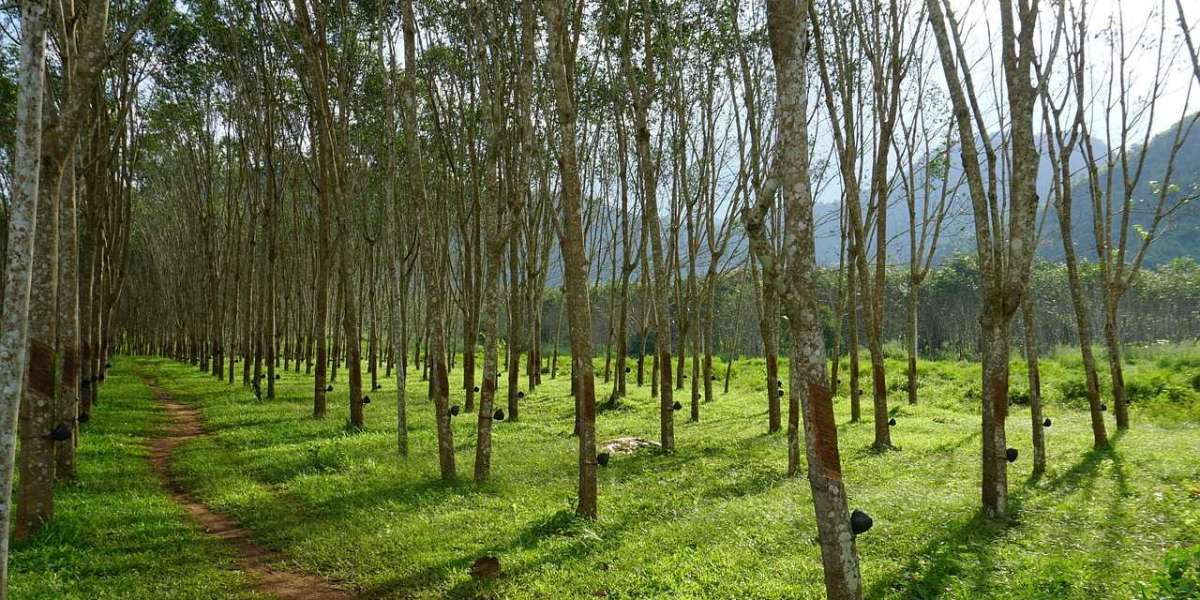Introduction
Rubber plantations in Sri Lanka have long been an integral part of the country's agricultural landscape. In this article, we explore the sustainability practices employed in rubber cultivation, focusing on a case study from Sri Lanka.
Background on Rubber Plantations in Sri Lanka
Rubber plantations in Sri Lanka have a rich history, dating back to the colonial era. Today, the country is renowned for its high-quality natural rubber, which is exported to markets worldwide. However, the industry faces various challenges related to environmental degradation, social equity, and economic stability.
Case Study: Sustainable Rubber Farming in Sri Lanka
One exemplary case of sustainable rubber farming in Sri Lanka is the implementation of agroforestry systems within rubber plantations. By intercropping rubber trees with other crops such as spices, fruits, and vegetables, farmers enhance biodiversity, improve soil health, and diversify income streams.
Environmental Benefits of Agroforestry
Agroforestry practices in rubber plantations contribute to environmental sustainability in several ways. The diverse vegetation cover helps sequester carbon dioxide, mitigate climate change, and reduce soil erosion. Additionally, intercropped plants attract beneficial insects, pollinators, and birds, enhancing overall ecosystem health.
Social and Economic Impact
The adoption of agroforestry practices in rubber plantations has positive social and economic implications for local communities. By diversifying crops, farmers reduce dependency on rubber as the sole source of income, thereby improving resilience to market fluctuations. Moreover, increased crop diversity provides nutritional security and food sovereignty for farming households.
Government Support and Policy Implications
Government support and policy frameworks play a crucial role in promoting sustainable rubber farming practices. In Sri Lanka, initiatives such as subsidy programs for agroforestry systems, technical assistance for farmers, and incentives for environmental conservation contribute to the widespread adoption of sustainable practices.
Challenges and Opportunities
While agroforestry offers numerous benefits for rubber plantations, it also presents challenges such as management complexities, market access, and labor requirements. Overcoming these challenges requires collaboration between government agencies, research institutions, and private sector stakeholders.
Future Directions
As the demand for sustainable rubber products continues to grow, there is a need for further research, innovation, and investment in sustainable farming practices. By harnessing the potential of agroforestry and other sustainable techniques, rubber plantations in Sri Lanka can thrive while preserving the environment and benefiting local communities.
Conclusion
Sustainable rubber farming practices, such as agroforestry, hold promise for the future of rubber plantations in Sri Lanka. By prioritizing environmental conservation, social equity, and economic resilience, stakeholders can ensure the long-term viability and sustainability of the rubber industry in the country.


